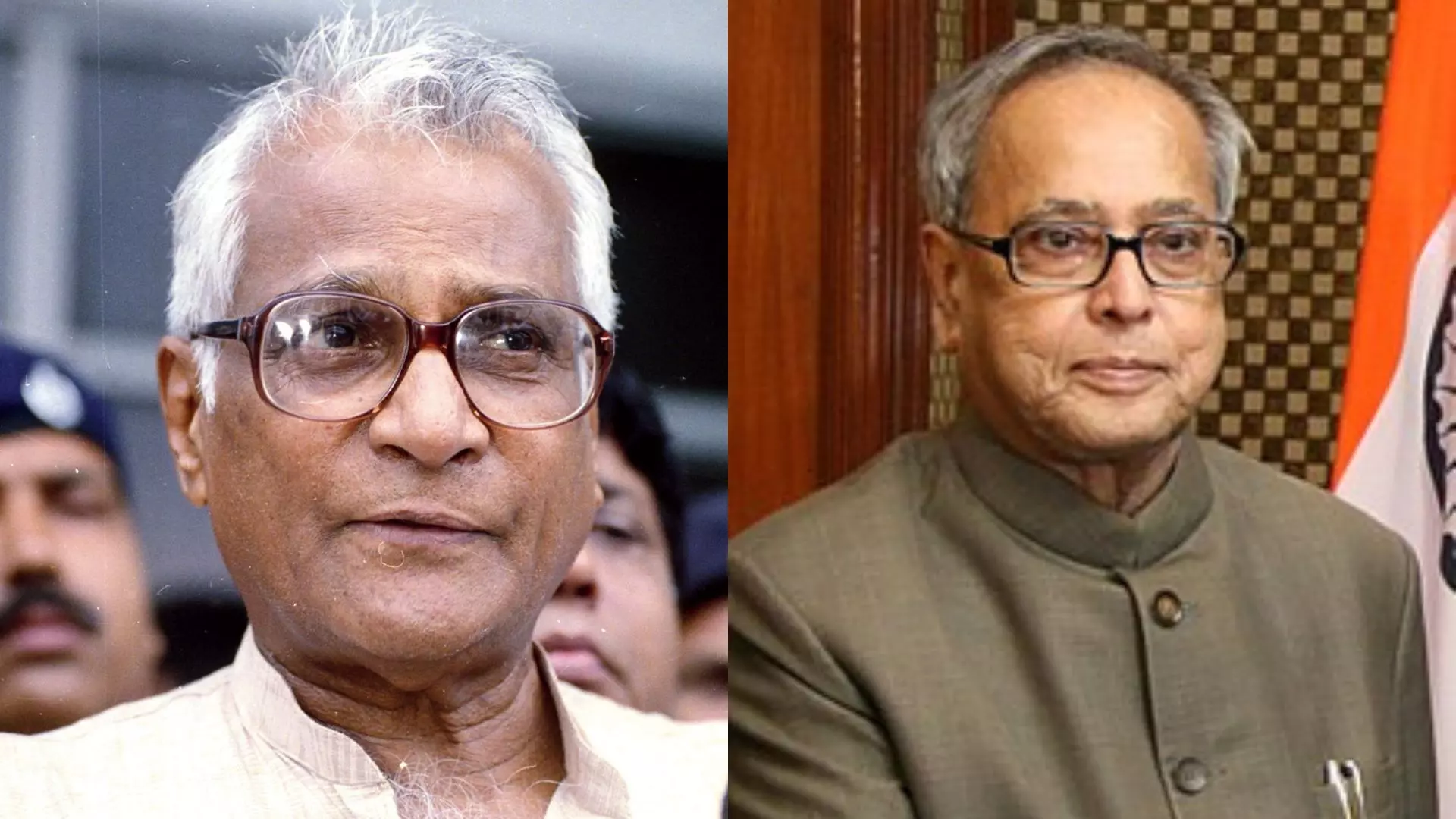Fascinating insights from Indian Lok Sabha Elections: Constituencies with marvelous stories

1. PEPSU: Yes, Pepsu. Ever heard of that? Never mind. Have you, like me, been for long under the mistaken impression the first non-Congress Chief Minister in India was EMS Namboodiripad in Kerala in 1957? Nope, you and I are both wrong in thinking it, though it might be technically correct if you amended the question with the phrase of a recognized political party.
There was an Indian state called PEPSU (Patiala and East Punjab State Union). It was in PEPSU state that a politician named Gian Singh Rarewalla, contesting as an Independent, won, and then united all other non-Congress legislators to form the first ever non-Congress government (post-independence) and become its first non-congress Chief Minister.
The state, formed on July 15, 1948, had its first caretaker government created on August 22, 1948, with Rarewala as premier. He was later sworn in as Prime Minister in January 1949, and remained a caretaker head till May 1951. In 1951, Rarewala won elections to the PEPSU Legislative Assembly as an independent candidate from Payal, and took charge as Chief Minister on April 22, 1952. He held office till March 5, 1953, when his government was dismissed.
2. Jaunpur: When, and where, did, during the long uninterrupted reign of the Indian National Congress the opposition parties of our country finally decide to come together and face its juggernaut unitedly? After the Emergency? Is it not what we all believe that the first instance of opposition coming together to fight an election was in 1977? Wrong, again.
The by-polls of 1963 witnessed the first experiment in opposition unity insofar as the opposition parties of that time (Swatantra, BJS, Socialist, et al) came together to put up a combined candidate against the INC in four places – Amroha, Rajkot, Farrukhabad and Jaunpur constituencies. They won three and lost Jaunpur. I picked Jaunpur as the headline for this was the first and last election that Deen Dayal Upadhyay ever contested.
3. Muzzaffarpur: For decades, the media coverage, public narrative and discussions hover on criminality and nexus of criminals with polls. When did this begin, and where? India’s elections and tryst with criminals cases and those sentenced contesting began with Muzzaffarpur, where, in 1977, George Fernandes became India’s first leader to win a Parliamentary election from jail and become an MP.
4. Begusarai: On cue, almost, though a decade earlier, Begusarai made a mark in the history of Indian elections. Though it is not verifiable beyond an iota of doubt, it is in all likelihood and first ever reported in any case, an instance in 1967 of a constituency where booth capturing allegedly took place. The practice continued for long, before we finally moved to EVMs and the story changed altogether.
5. Jangipur: This is the only Lok Sabha constituency that our late President Pranab Mukherjee ever won to get elected to the People’s House, ever. He won there in 2004, and never before, and never after in direct elections.
6, 7, 8. Chandni Chowk, Ladakh and Malkajgiri: What makes these three constituencies stand apart, and together? They are located fairly far away, with Ladakh being on India’s Himalayan crown, Chandni Chowk in the national capital of New Delhi and Malkajgiri being located in the south Indian cyber metropolis of Hyderabad. Size. Size matters, and hence they are fascinating. Chandi Chowk is the smallest constituency by area, and you could as its leader go from one end to the other fairly within an hour, minus the traffic. Ladakh is the largest Lok Sabha constituency in terms of area, and Malkajgiri, is the largest constituency in not just India but the world in terms of electorate. Lots of people to represent!
9. Barabanki: It is located in Uttar Pradesh, and not too far away from Lucknow, the capital of the state. Home to many a famous person, straddling all spheres of life, including poets like Khumar Barabankvi and Suroor Barabankvi, politicians like Mohsina Kidwai and Rafi Ahmed Kidwai, actor Naseeruddin Shah and Sufi saint Waris Ali Shah, it makes it to my list for being a rare outlier Lok Sabha constituency. It has never elected the same MP in successive terms since 1952. So if you win from there, prepare both your victory and farewell speeches.
10. Dhubri: As a constituency in Assam, it is the largest in the entire North-Eastern region of India. But what makes it fascinating? More than Lakshadweep or Hyderabad, which are intuitively considered so, it is Dhubri which has the highest percentage of Muslim electorate in India.
Gautam Bardoloi is the President of the Forum of Indian Professionals, Hong Kong, who follows and chronicles interesting facets of Indian politics and elections since 1977.

